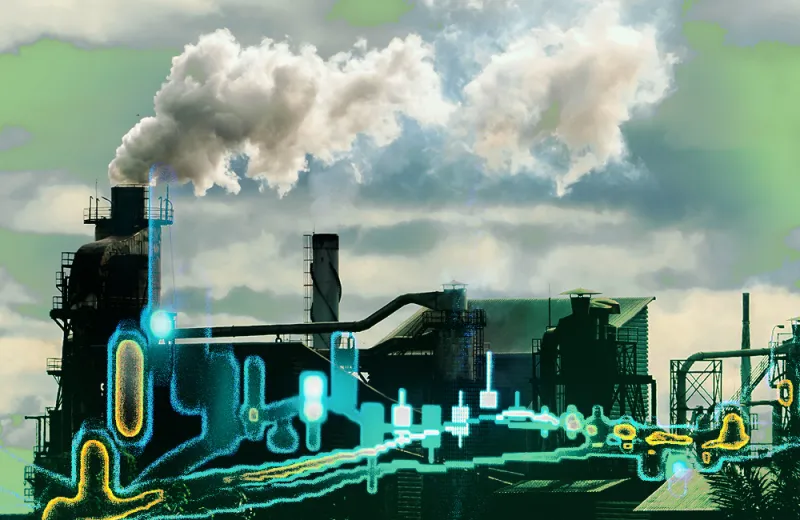Allocators want to put capital to work in energy transition assets — and they believe doing so can move the needle on progress toward building portfolios with lower exposure to carbon emissions.
The increasing severity and frequency of climate disasters has prompted 46 percent of investors to make changes to their portfolios, according to a new survey from Nuveen.
The asset management firm surveyed 800 allocators across institutions with at least $500 million in assets. Fifty-three percent of respondents managed $10 billion or more in assets. Investors spanned geographies, including Europe, North America, and Asia.
Allocators' interest in climate-related investments is part of a larger trend: The International Energy Agency reported that $1.7 trillion was invested in clean energy globally in 2023.
“In the U.S., there’s huge development going on,” said Mike Perry, head of Nuveen's global client group. “The sheer demand side of it coming in is pretty substantial.”
A small majority of survey respondents — 55 percent — said they believe that as asset owners, they can influence the progress of a low-carbon energy transition via their investments.
Different regions have different priorities for energy transition investing. In North America, the primary driver is investment returns. Investors based in Europe, the Middle East, and Africa are focused on both impact and investment returns, while Asia Pacific-based investors are driven by regulatory requirements.
“The investment returns are there, and I think that everyone recognizes the climate impact,” Perry said.
According to Perry, allocators are particularly interested in infrastructure debt. In this asset class, investors have the potential to achieve returns in the low teens, with lower risk than equities.
There are challenges, though.
“These are large scale projects generally,” Perry said. “They're difficult to implement. You have all sorts of regulatory hurdles... The lending ability is specialized.”
Investors also must underwrite multi-year projects in an environment where inflation’s long-term outlook is uncertain. This affects the cost of capital for investors, which in turn affects expected returns.
“You need to understand how these projects play out to have a successful loan. It's a pretty complex implementation of these products," said Perry. That's one reason "It's not a crowded market.”
In terms of sectors, 57 percent of investors said they would put capital to work in alternative energy, which includes renewable, nuclear, and hydrogen. The next largest category of interest is new energy storage technology. The least popular thematic area of investment is the carbon credit markets — just 17 percent of investors said this was a top pick.
Despite the overall interest in energy transition, respondents were mixed on how they would approach traditional fossil fuel companies.
The survey showed that 16 percent of respondents said they planned to increase their allocations to traditional fossil fuel companies, while 33 percent said they would maintain their exposure. By way of comparison, 37 percent said they would decrease their exposure, and 14 percent were not investing in the sector at all.
What’s important to note is that investors are far more interested in sticking to fossil fuel companies that are both maintaining legacy businesses and investing in low or zero carbon energy options. Over the next five years, 29 percent of respondents plan to increase their exposure to these companies, and 50 percent plan to maintain their current exposure.







